Interpretation
-
- Part of series of post holes of similar dimensions at western part of the trench. The structure that might have been formed by these post holes seems to have been minor and not intended for human occupation. It's possible that the structure was for the containment of animals or similar.
-
- Caitlin Gillespie
- 28-7-2008
-
- This stratum was formed in two phases. The larger inclusions would have served as supports for a post that would have been part of a structure. The soil accumulated with the disintegration of this post.
-
- Darian Marie Totten
- 12-6-2009
Site Photo
- No records attached.
Description
- color, consistency
- 0.40 m maximum diameter
- medium silty sand
- dark brown
- friable
- no later intervention
- artificial
- stones
- charcoal, animal bone fragments
- brick, mortar, ceramic sherds
- Fill of cut 8025 comprised of soil, brick, mortar pieces and stone. Components are of varying dimensions (7-20 cm as visible on the surface) and shapes, placed around the boundary of the cut in a sub circular pattern. The surface of this stratum extends above the level of the surrounding stratum US 8041 for the presence of this larger brick and reused mortar inclusions. The soil found among these material inclusions is fine-grained and is friable. The presence of charcoal inclusions appears in the second half of the stratum. The smaller inclusions (such as animal bone and ceramic sherds) were distributed in a limited concentration, but also randomly throughout the stratum.
- These pieces of fill are taken to delimit in part the boundary of the cut. This material seems to have been culled from another source and is distributed asymmetrically around edges of posthole. Even those found within the posthole were oriented vertically.
- no later intervention
Ceramic Inventory
- vetrina sparsa B
| Total fragments | |
|---|---|
| 2 | |
| 7 | |
| 2 |
Basic Information
- soil layer found in the interior of US 8025
Record Details
-
- Lisa Fentress
-
- Andrea Di Miceli
- 28-7-2008
- Andrea Di Miceli
- 25-7-2008













